- 全部删除
 您的购物车当前为空
您的购物车当前为空
裂解酶 (Lyases,EC 4)
裂解酶 (Lyases, EC 4) 是通过水解(取代反应)和氧化以外的方式催化各种化学键的破坏(消除反应)的酶,通常形成新的双键或新的环结构。逆反应也是有可能发生的(称为迈克尔反应)。裂解酶与其他酶的不同之处在于,它们只需要一个底物即可在一个方向上进行反应,而反向反应只需要两个底物。在 EC 编号系统中,水解酶被归类为 EC 4。
Carbonic Anhydrase 9 Protein, Human, Recombinant (hFc)
TMPY-00689
Expression system: HEK293 Cells
Length: 1-414, Partial
Activity: Enzyme activity
Length: 1-414, Partial
Activity: Enzyme activity
- ¥ 429
规格
数量
PCK1 Protein, Human, Recombinant (His)
TMPH-01860
Expression system: E. coli
Length: 1-622, Full Length
Activity: Not Tested
Length: 1-622, Full Length
Activity: Not Tested
- ¥ 489
规格
数量
可置换缓冲液
Carbonic Anhydrase 12 Protein, Human, Recombinant (His)
TMPY-00694
Expression system: HEK293 Cells
Length: 1-291, Partial
Activity: Enzyme Activity
Length: 1-291, Partial
Activity: Enzyme Activity
- ¥ 539
规格
数量
SPR兼容缓冲液
GAD2/GAD65 Protein, Human, Recombinant (GST)
TMPY-04699
Expression system: Baculovirus Insect Cells
Length: 1-585, Full Length
Activity: Not Tested
Length: 1-585, Full Length
Activity: Not Tested
- ¥ 562
规格
数量
NSE/ENO2 Protein, Human, Recombinant (His)
TMPY-02646
Expression system: E. coli
Length: 1-434, Full Length
Activity: Not Tested
Length: 1-434, Full Length
Activity: Not Tested
- ¥ 697
规格
数量
SPR兼容缓冲液
Carbonic Anhydrase 9 Protein, Human, Recombinant (His)
TMPY-00690
Expression system: HEK293 Cells
Length: 1-414, Partial
Activity: Enzyme activity
Length: 1-414, Partial
Activity: Enzyme activity
- ¥ 496
规格
数量
SPR兼容缓冲液
Carbonic Anhydrase 2 Protein, Human, Recombinant (His)
TMPY-01735
Expression system: E. coli
Length: 1-260, Full Length
Activity: Enzyme activity
Length: 1-260, Full Length
Activity: Enzyme activity
- ¥ 298
规格
数量
Gellan lyase Protein, Geobacillus stearothermophilus, Recombinant (His)
TMPH-00767
Expression system: E. coli
Length: 1-204, Partial
Activity: Not Tested
Length: 1-204, Partial
Activity: Not Tested
- ¥ 825
规格
数量
可置换缓冲液
DNA photolyase Protein, Synechococcus sp., Recombinant (His & Myc & SUMO)
TMPH-03614
Expression system: E. coli
Length: 2-484, Full Length of Mature Protein
Activity: Not Tested
Length: 2-484, Full Length of Mature Protein
Activity: Not Tested
- ¥ 825
规格
数量
可置换缓冲液
HADHA Protein, Mouse, Recombinant (His & Myc)
TMPH-02949
Expression system: E. coli
Length: 348-763, Partial
Activity: Not Tested
Length: 348-763, Partial
Activity: Not Tested
- ¥ 825
规格
数量
可置换缓冲液
ENO1 Protein, Human, Recombinant (His)
TMPY-02412
Expression system: E. coli
Length: 1-434, Full Length
Activity: Not Tested
Length: 1-434, Full Length
Activity: Not Tested
- ¥ 298
规格
数量
SDS Protein, Human, Recombinant (His & Myc)
TMPH-01617
Expression system: E. coli
Length: 1-328, Full Length
Activity: Not Tested
Length: 1-328, Full Length
Activity: Not Tested
- ¥ 555
规格
数量
可置换缓冲液
ENO1 Protein, Mouse, Recombinant (His)
TMPH-02505
Expression system: E. coli
Length: 2-433, Partial
Activity: Not Tested
Length: 2-433, Partial
Activity: Not Tested
- ¥ 656
规格
数量
可置换缓冲液
ALDOA Protein, Human, Recombinant (His)
TMPH-01357
Expression system: E. coli
Length: 2-364, Full Length of Mature Protein
Activity: Not Tested
Length: 2-364, Full Length of Mature Protein
Activity: Not Tested
- ¥ 489
规格
数量
可置换缓冲液
Ferrochelatase, mitochondrial Protein, Bovine, Recombinant (His & Myc & SUMO)
TMPH-00265
Expression system: E. coli
Length: 48-416, Full Length of Mature Protein
Activity: Not Tested
Length: 48-416, Full Length of Mature Protein
Activity: Not Tested
- ¥ 825
规格
数量
可置换缓冲液
Pectate lyase 5 Protein, Ambrosia artemisiifolia, Recombinant (His)
TMPH-00049
Expression system: P. pastoris (Yeast)
Length: 26-396, Full Length of Mature Protein
Activity: Not Tested
Length: 26-396, Full Length of Mature Protein
Activity: Not Tested
- ¥ 922
规格
数量
可置换缓冲液
PucL Protein, Bacillus subtilis, Recombinant (His & Myc)
TMPH-00176
Expression system: E. coli
Length: 1-494, Full Length
Activity: Not Tested
Length: 1-494, Full Length
Activity: Not Tested
- ¥ 825
规格
数量
可置换缓冲液
Aldolase A Protein, Mouse, Recombinant (His & Myc)
TMPH-02663
Expression system: E. coli
Length: 2-364, Full Length of Mature Protein
Activity: Not Tested
Length: 2-364, Full Length of Mature Protein
Activity: Not Tested
- ¥ 825
规格
数量
可置换缓冲液
FBA1 Protein, Candida albicans, Recombinant (His & Myc)
TMPH-00335
Expression system: E. coli
Length: 2-359, Full Length of Mature Protein
Activity: Not Tested
Length: 2-359, Full Length of Mature Protein
Activity: Not Tested
- ¥ 825
规格
数量
可置换缓冲液
ACOD1 Protein, Human, Recombinant (His)
TMPH-01098
Expression system: E. coli
Length: 1-481, Full Length
Activity: Not Tested
Length: 1-481, Full Length
Activity: Not Tested
- ¥ 825
规格
数量
可置换缓冲液
NPR1 Protein, Human, Recombinant (His)
TMPH-00983
Expression system: P. pastoris (Yeast)
Length: 33-473, Extracellular Domain
Activity: Not Tested
Length: 33-473, Extracellular Domain
Activity: Not Tested
- ¥ 539
规格
数量
可置换缓冲液
RNASE2 Protein, Human, Recombinant (His)
TMPH-01779
Expression system: E. coli
Length: 28-161, Full Length of Mature Protein
Activity: Not Tested
Length: 28-161, Full Length of Mature Protein
Activity: Not Tested
- ¥ 489
规格
数量
可置换缓冲液
ENO3 Protein, Mouse, Recombinant (His & Myc)
TMPH-02547
Expression system: E. coli
Length: 2-434, Full Length of Mature Protein
Activity: Not Tested
Length: 2-434, Full Length of Mature Protein
Activity: Not Tested
- ¥ 825
规格
数量
可置换缓冲液
NPR2 Protein, Human, Recombinant (HEK293, His)
TMPH-04700
NPR2 Protein, Human, Recombinant (HEK293, His) is expressed in Mammalian cell. The accession number is P20594.
- ¥ 642
规格
数量
SPR兼容缓冲液
转到第1页
/ 4 页







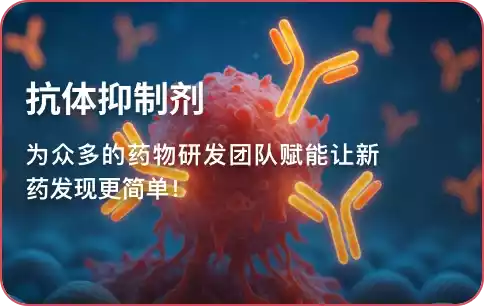


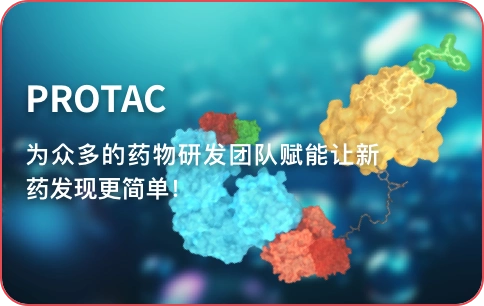
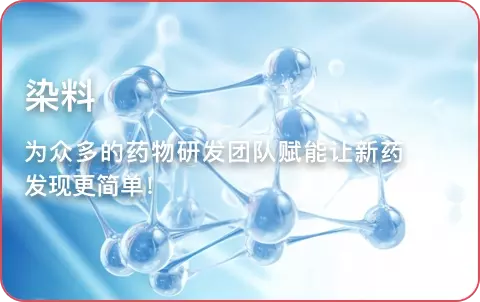



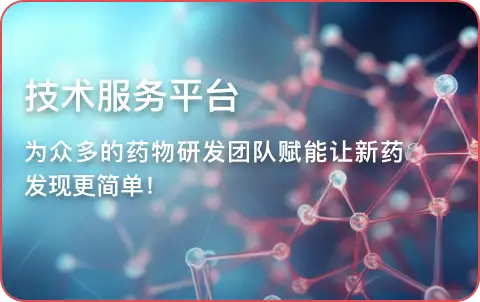
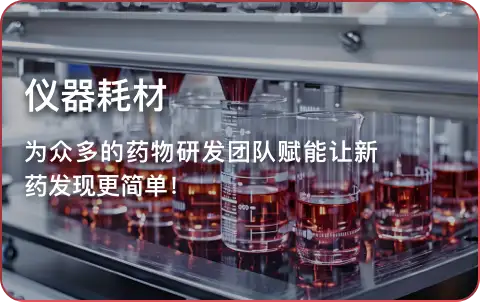
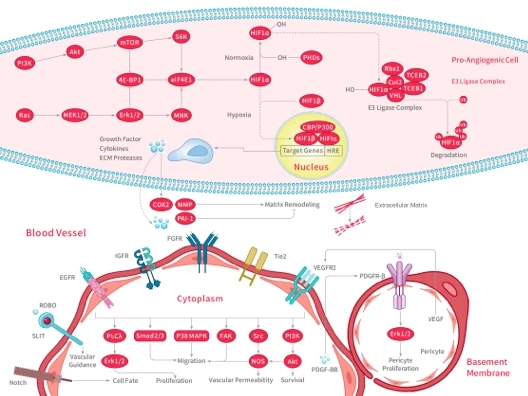
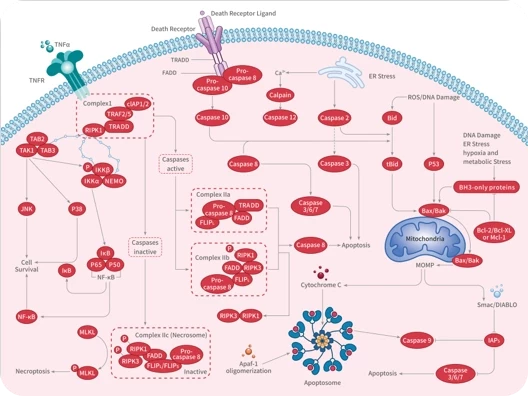
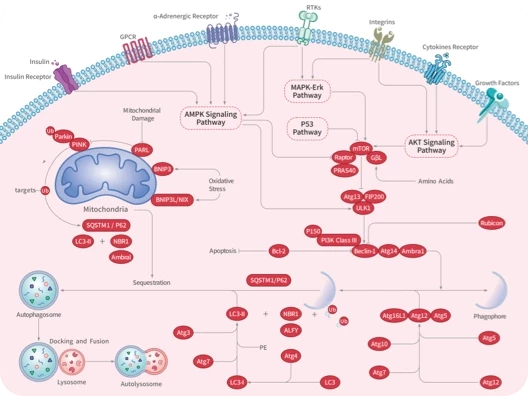

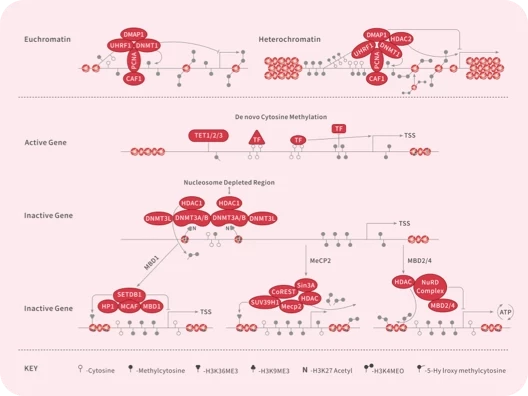

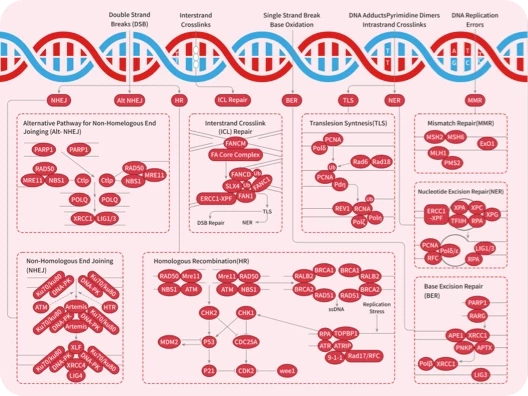
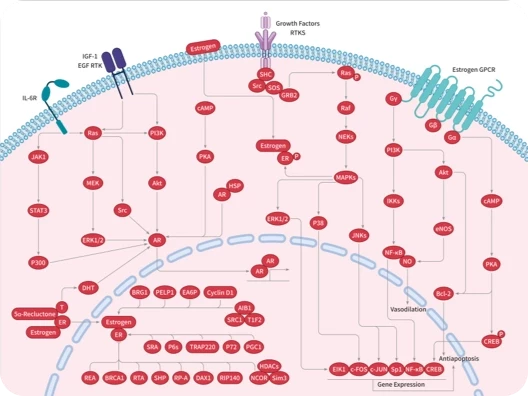
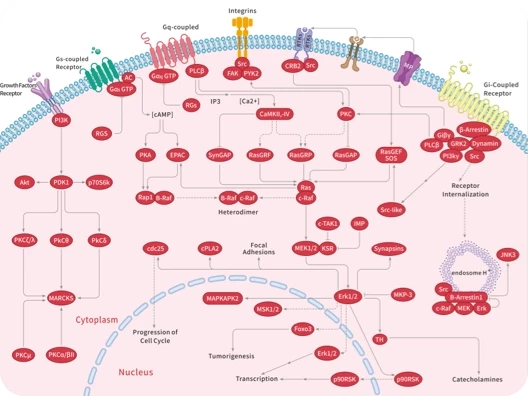
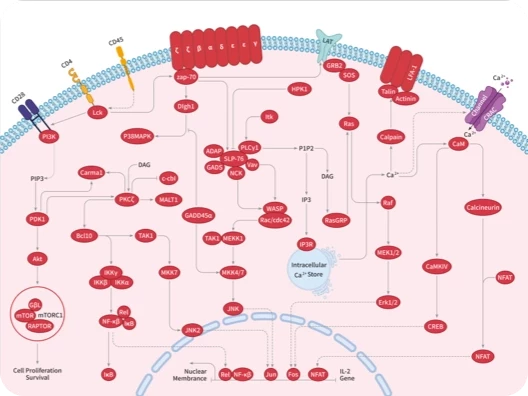
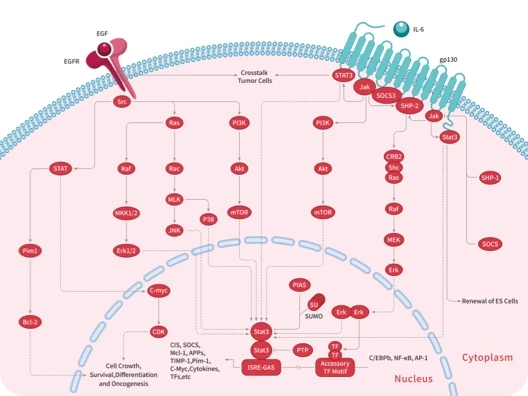
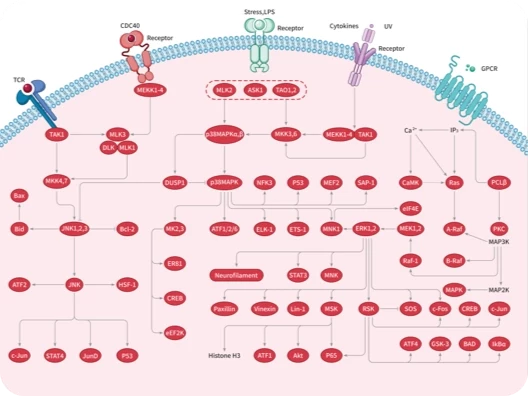
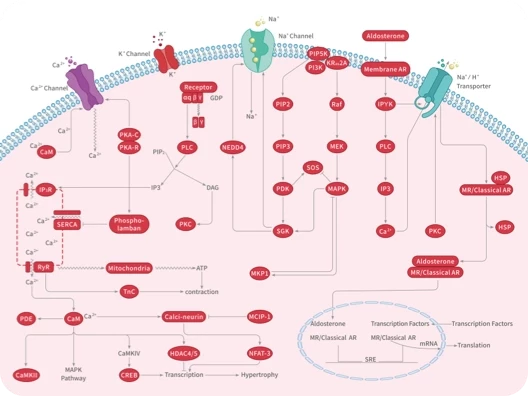
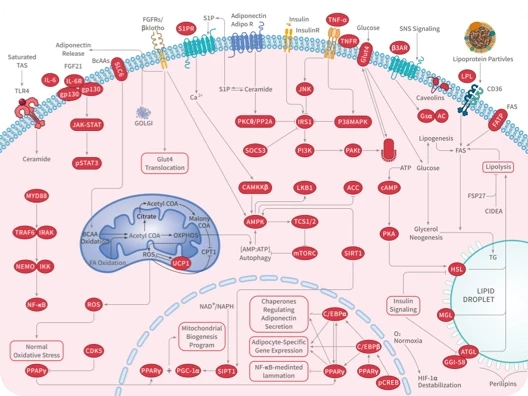
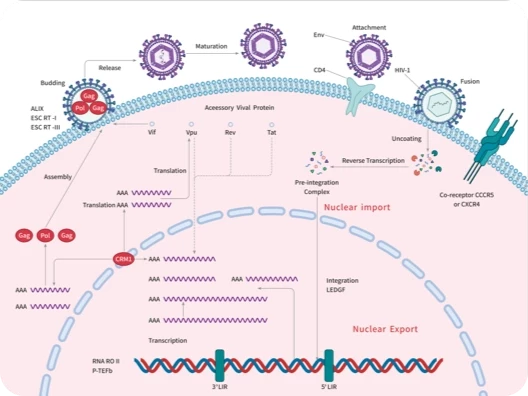

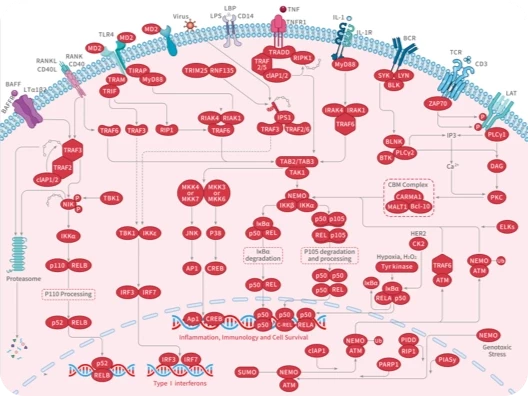

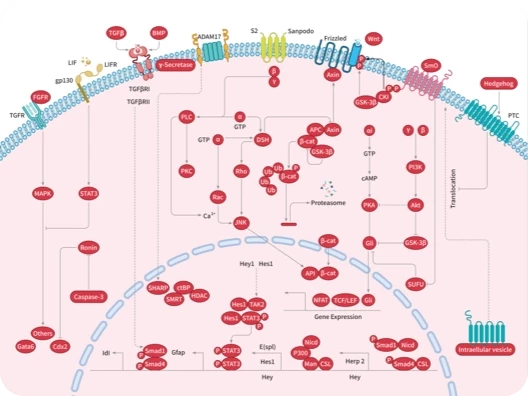
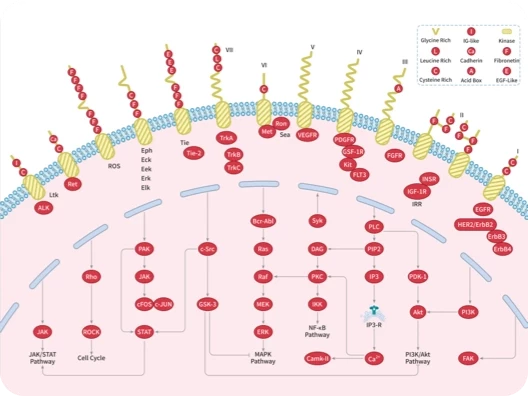
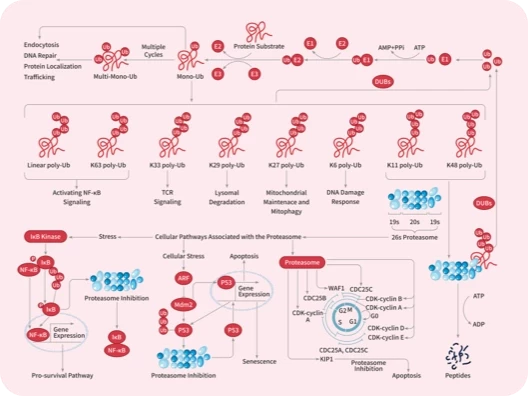

 |
|